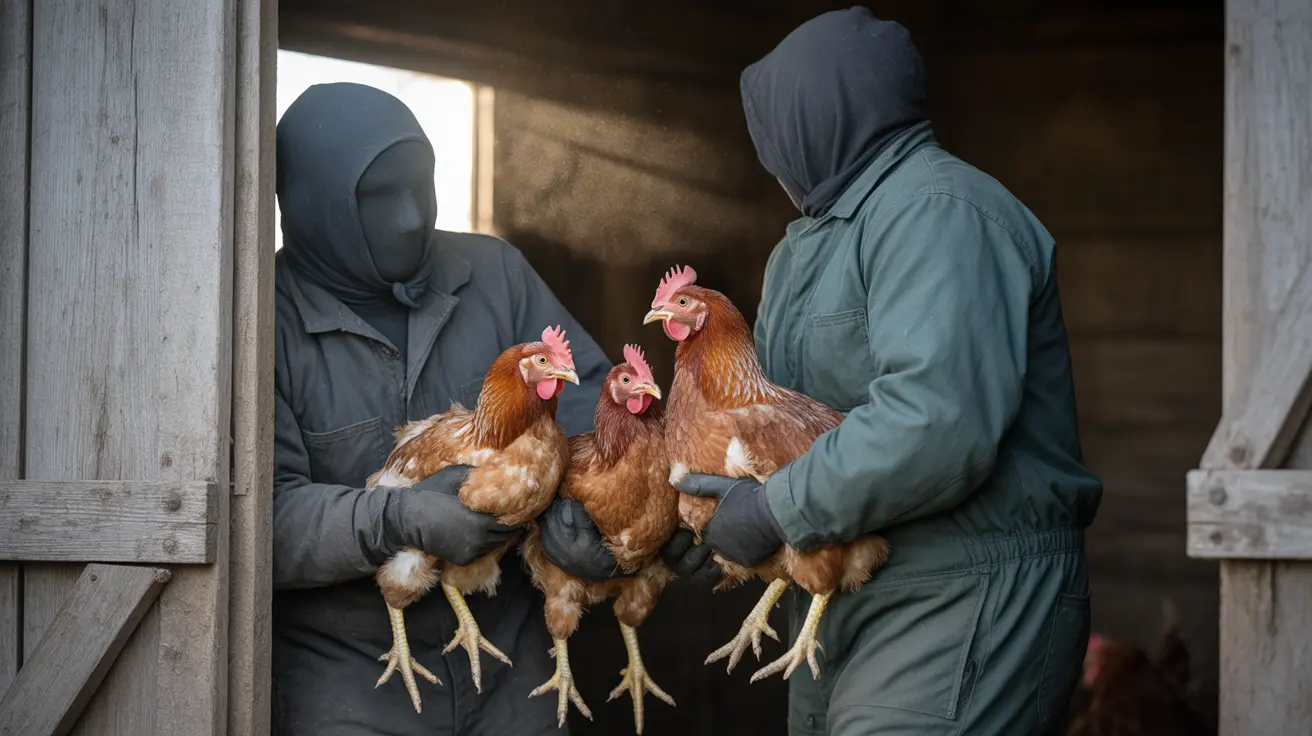Do Dogs Get Cold While They Sleep? Understanding Canine Comfort
As conscientious pet owners, we often wonder about our furry companions' comfort, particularly when they’re sleeping. One commonly asked question is: do dogs get cold while they sleep? The answer is yes—just like humans, dogs can feel cold, and some breeds are more susceptible than others depending on their size, coat type, age, and health conditions.
Why Dogs May Get Cold at Night
Dogs are warm-blooded mammals, meaning they maintain a constant internal body temperature. However, certain sleep environments can challenge that homeostasis. When a dog sleeps, its metabolism slows down, reducing heat production. If the environment is too cold and the dog lacks insulation from bedding or fur, it can begin to lose heat rapidly.
- Thin coats: Breeds like Greyhounds, Chihuahuas, and Whippets have less insulation and are more prone to feeling cold.
- Small size: Smaller dogs have a higher surface area to volume ratio, which leads to increased heat loss.
- Age: Puppies and senior dogs can have trouble regulating body temperature.
- Health issues: Dogs with chronic illnesses or low body fat may feel cold more easily.
Signs Your Dog Might Be Cold During Sleep
Paying attention to your dog’s body language is key. Some notable signs include:
- Shivering or trembling
- Snuggling into bedding or curling tightly
- Whining or restlessness at night
- Seeking warmth from heaters, furnaces, or human contact
Ensuring Your Dog Stays Warm While Sleeping
Thankfully, there are several things you can do to help:
- Provide adequate bedding: Invest in insulated dog beds designed to retain heat. Raised beds can keep pets off cold floors.
- Use dog-safe blankets: Soft, warm materials give your dog something to burrow into.
- Maintain indoor temperatures: Keep your home warm during colder months, especially at night.
- Try dog pajamas or sweaters: These are especially useful for small or short-haired breeds.
- Keep the sleeping area draft-free: Avoid placing dog beds near doors or windows that allow in chilly breezes.
Do All Dogs Need Help Staying Warm?
Not all dogs are equally vulnerable. Breeds developed for cold environments—like Huskies, Malamutes, and Saint Bernards—have thick, insulating coats that make them more tolerant of low temperatures. However, no dog should be exposed to freezing conditions for extended periods, especially while inactive or asleep.
Indoor vs. Outdoor Sleepers
While many domestic dogs sleep indoors, some might sleep in garages, sheds, or even outside kennels. Outdoor sleeping is not recommended during winter without proper shelter, insulation, and warmth sources. If your dog sleeps outside, ensure:
- The shelter is weatherproof
- It is off the ground with insulation like straw
- Warm bedding is changed regularly
- Water remains unfrozen
What Temperature Is Too Cold for Dogs at Night?
A good general rule: if it’s too cold for you, it’s too cold for your dog. Typically, temperatures under 45°F (7°C) begin to pose problems, and anything below freezing can be dangerous.
Final Thoughts
Whether you’ve noticed your dog shivering at night or simply want to improve their sleep quality, understanding how temperature affects your pet is essential. Provide a warm, secure place for your dog to sleep and pay attention to their cues. A cozy dog is a happy dog—and better sleep leads to better health and behavior.





